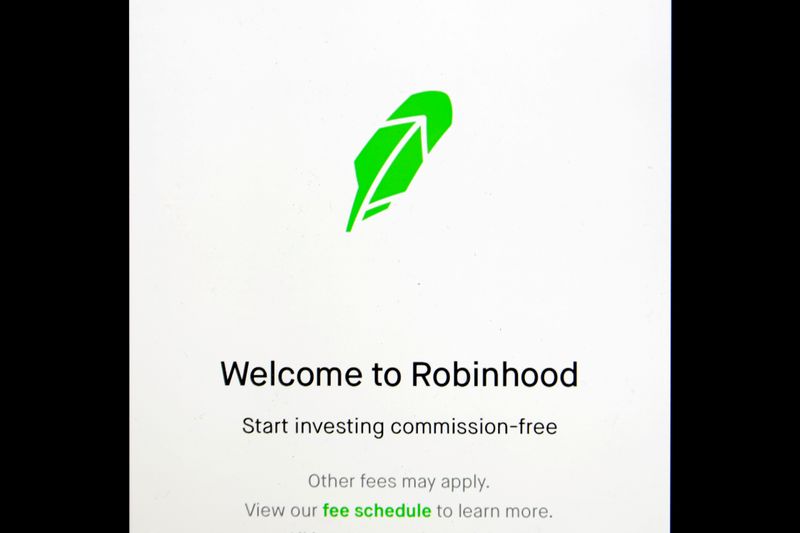Robinhood Markets (NASDAQ:HOOD) faced a sharp 15% decline in its stock price following the release of its Q3 financial results. The trading platform, popular among younger investors, is now valued at an alarming 90% below its peak in 2021. Despite a year-over-year increase in total accounts to 23.3 million by the end of Q3 2023, Robinhood is grappling with a significant drop in user engagement and transaction revenue.
Key points from the Q3 report show:
- Monthly active users plummeted by 51% since mid-2021, down to just 10.3 million.
- Transaction revenue fell by 11% year-over-year to $185 million, with declines across all asset classes: a 13% decrease in stock trading revenue, no growth in options trading, and a steep 55% fall in cryptocurrency trading revenue.
In contrast to the decline in transaction-based income, Robinhood has seen a surge in interest revenue, largely thanks to the Federal Reserve's aggressive interest rate hikes. Interest earned on Robinhood's cash balance of $4.9 billion, customer-held funds totaling $3.4 billion, and margin loans has become a critical source of income for the company. This segment saw a boost of 96% to $251 million in Q3 compared to the same period last year, contributing to an overall revenue increase of 29% for the quarter.
However, this interest revenue may not be sustainable. With predictions of three Federal Reserve rate cuts in 2024 and ongoing operational losses, concerns are growing over Robinhood's financial health. The company's cash reserves are depleting, and investors currently value Robinhood at $6.9 billion. When considering the company's cash on hand, the business itself is valued at merely $2 billion—a figure that could further diminish if the stock continues its downward trend.
Efforts to diversify and innovate have not yet paid off for Robinhood. Initiatives such as launching a 24-hour stock trading service and entering the retirement segment have failed to reverse the company's fortunes. The retirement segment has attracted just $1 billion in assets one year after its launch.
This article was generated with the support of AI and reviewed by an editor. For more information see our T&C.
